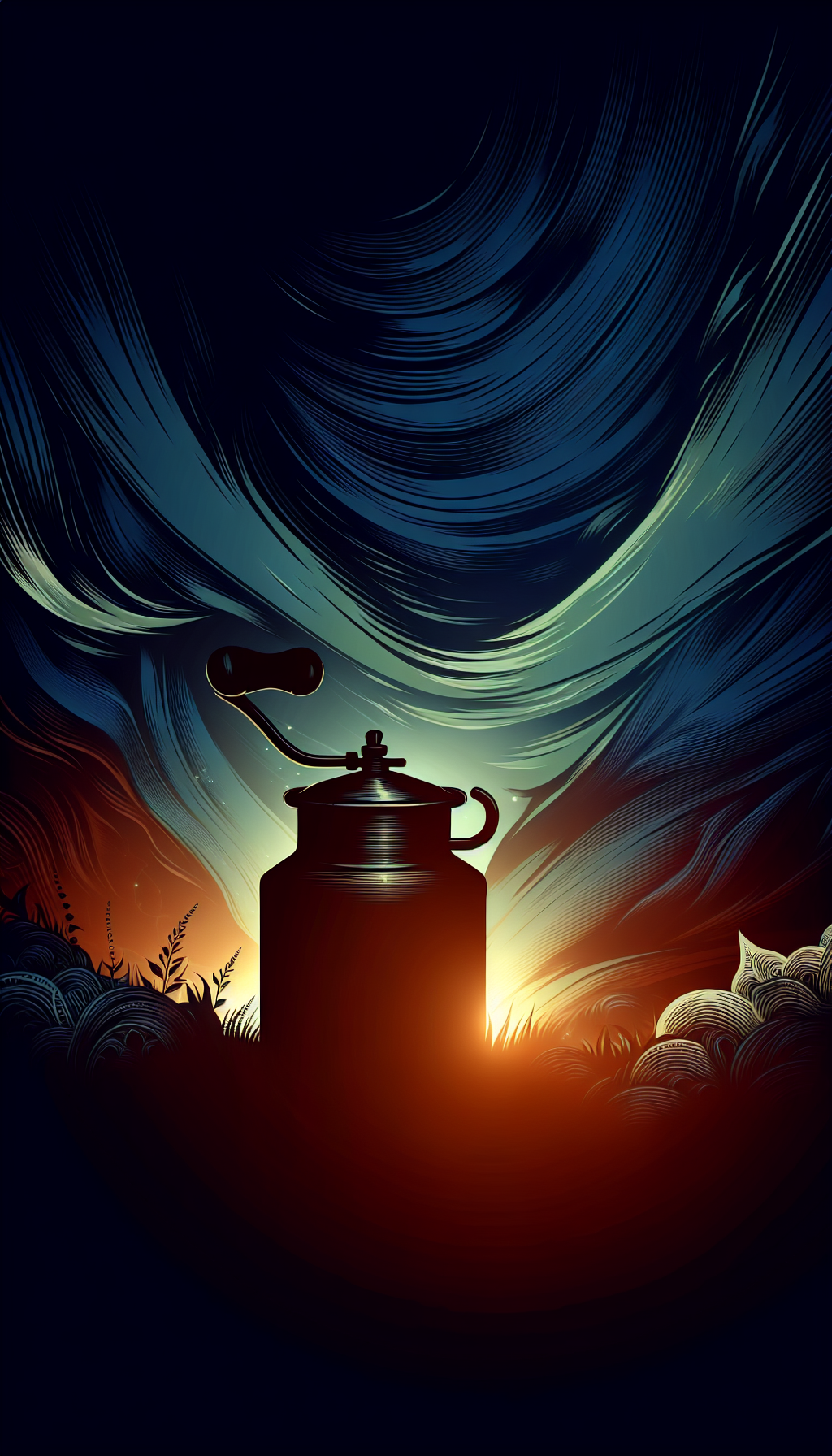Claude Monet After Soleil Levant Offset Lithograph
Claude Monet’s Impression, soleil levant (Impression, Sunrise), painted in 1872 and now housed at the Musée Marmottan Monet in Paris, is an image that has circulated globally through reproductions for more than a century. Many of these are offset lithographs—high-quality photomechanical prints issued by museums, publishers, and exhibition organizers. For appraisers and collectors, correctly identifying and valuing an “After Soleil Levant” offset lithograph hinges on understanding print processes, publishers, condition, and market context. This guide focuses on how to evaluate these works with professional rigor.
The Work and What “After” Means
- After means the print is based on Monet’s painting but not created by the artist. In cataloging, “after Claude Monet” (or “d’après Monet”) signals a reproduction made by a third party from a photograph of the original painting.
- Monet did not produce a formal body of original editioned prints comparable to artists like Toulouse-Lautrec or Picasso. Posthumous reproductions dominate the market for “Monet prints.”
- Offset lithographs were (and are) common vehicles for distributing Monet’s imagery, especially for museum shops, traveling exhibitions, and publisher portfolios in the mid-to-late 20th century.
- The painting itself: Impression, soleil levant, 1872, oil on canvas, approx. 48 x 63 cm. Most printed reproductions scale this image up or down; some crop slightly to accommodate poster formats.
The “after” designation is key to properly setting expectations. These are decorative or collectible reproductions, not original artworks by Monet’s hand.
What Makes It Offset Lithography? Identification Under a Loupe
Offset lithography is a photomechanical process that uses plates (one for each ink color) and a rubber blanket to transfer ink to paper. Under magnification, you can reliably distinguish it from other methods.
What to look for under 10x–30x magnification:
- Halftone rosette pattern: Offset prints typically show a repeating CMYK dot structure. You’ll see small dots in regular arrays forming rosettes, especially in mid-tones and gradients like Monet’s sky.
- Solid areas still resolve into dots: Even seemingly flat colors reveal a dot field. This contrasts with hand lithographs, where crayon-like textures or broad washes do not break down into uniform halftone dots.
- Edge behavior: Color transitions and edges in offset litho look crisply screened; misregistration shows as colored halos at high-contrast boundaries.
- Ink sheen: Offset inks lay flat and even; under raking light they may have a uniform, slight gloss compared to the paper.
Distinguishing from other processes:
- Stone/hand lithograph: No halftone rosette; marks appear continuous and granular, following the artist’s drawing on the stone. Many classic exhibition posters by printers like Mourlot were stone-lithographed; if you see “Imp. Mourlot” and no rosettes, it may be a hand-litho poster (more desirable than standard offset).
- Inkjet (giclée): Under magnification, look for irregularly spaced micro-dots from sprayed droplets, no rosette, possible slight dot “satellites,” and different surface sheen in heavy color zones.
- Photogravure/collotype: Early 20th-century photomechanical processes show continuous tone with a fine reticulated grain rather than a CMYK rosette. These can carry more collector interest than modern offset posters when well preserved.
Lithography (hand or offset) is planographic, so there is no plate mark. If you see an impressed plate mark, you’re likely dealing with intaglio (e.g., an etching) or a facsimile designed to mimic one, not typical for Soleil Levant reproductions.
Publishers, Editions, and Tells in the Margins
Most offset lithographs after Monet carry identifying details in the lower margin or verso. Note them precisely; they help anchor date, publisher, and commercial intent.
Common features:
- Publisher credit: Examples include Musée Marmottan Monet, Éditions Braun & Cie (Braun, Paris), Éditions du Cercle d’Art, and various museum or exhibition organizers. Credit lines often read along the bottom edge or on the verso.
- Rights/collective management: You may see mentions of ADAGP (France’s rights society) or a copyright line with the museum and year of publication.
- Process language: Words like “offset,” “hélio,” “helio-offset,” or “imprimé en France” flag photomechanical methods.
- Caption text: Many posters include the painting title, date, and museum, e.g., “Claude Monet, Impression, soleil levant, 1872, Musée Marmottan Monet, Paris.” Decorative posters often have additional typography related to exhibitions or venues.
- Paper type:
- Poster stock: Medium-weight, smooth, wood-pulp paper, often with a slight gloss; no watermark.
- Portfolio editions: Heavier, matte uncoated art paper; sometimes premium stocks like Velin d’Arches or BFK Rives, which may show a watermark when held to light. These editions are typically better made but still offset.
- Blindstamps: Some limited runs bear a blindstamp from the issuer (e.g., museum/estate/publisher). While this lends credibility, it does not transform a reproduction into an original print by Monet.
- Numbering: Pencil numbering (e.g., 123/300) can appear on limited offset editions. Numbering indicates limitation, not originality. Be mindful: spurious numbering is common on decorative prints to suggest rarity.
- Signatures: A true hand-signed Monet on a 20th-century offset print is extraordinarily unlikely (Monet died in 1926). Most “signatures” on these are printed within the image. Any purported hand-signature should be scrutinized; nearly all are added later and not by Monet.
Typical sizes:
- Posters: 50 x 70 cm (approx. 19.7 x 27.6 in), 60 x 80 cm (23.6 x 31.5 in), 70 x 100 cm (27.6 x 39.4 in), or 24 x 36 in. Portfolio sheets may be around 50 x 65 cm, sometimes with generous margins.
Documenting both the image size and full sheet size is important for appraisal and comparables.
Condition and Conservation Considerations
Condition often determines whether an offset lithograph is a $60 decorative piece or a $400 collectible poster.
Common issues:
- Light fade: UV exposure dulls blues and oranges in sunrise skies. Compare protected margins under matting to exposed areas for differential fading.
- Paper toning: Wood-pulp posters turn cream to tan; “mat burn” appears as a darkened outline where acidic mats contact the sheet.
- Foxing: Rusty brown spots from mold/metal impurities. More prevalent on older, unbuffered papers.
- Creases and handling dents: Frequent in rolled or unbacked posters. Flattening is possible but requires care.
- Edge tears and losses: Common on unframed or frequently handled examples, especially at corners.
- Adhesive stains: Tape residue and hinge marks fluoresce differently under UV; staining can be visually distracting and value-reducing.
- Cockling: Waviness from humidity or poor mounting. Dry mounting to foam board is stabilizing but typically undesirable for collectors, lowering value.
- Staining and moisture tide lines: Hard to treat without professional conservation.
Conservation guidance:
- Framing: Use UV-filtering glazing (acrylic or glass), acid-free buffered mat and backing, and keep the artwork spaced off the glazing to avoid adhesion.
- Mounting: Avoid dry mounting if possible. Use archival hinges. If already mounted, disclose in any sale or appraisal; it’s a material fact.
- Cleaning: Surface dust can be gently removed with a soft brush. Do not use solvents or water. For foxing, tide lines, or adhesive stains, consult a paper conservator.
- Storage: Flat, in a solander box or archival folder, interleaved with acid-free tissue; or roll loosely in a wide-diameter tube if necessary (avoid tight tubes that create memory curl).
- Light and climate: Display below 50 lux if possible, away from direct sunlight, and within stable humidity (40–55% RH).
Value Ranges, Comparables, and What Drives Price
While markets fluctuate, offset lithographs “after Monet” generally trade as follows (assuming authentic publisher-issued reproductions, not modern reprints of unknown origin):
Typical ranges (indicative, for insured replacement or retail asking in 2025):
- Museum or exhibition offset posters (20th century), unframed, good condition: $75–250
- Better-quality offset editions on fine paper with blindstamp/numbering: $300–900
- Early photogravures/collotypes after Monet by reputable publishers (not strictly offset): $300–1,200, depending on size, paper, and condition
- Framed examples: Add $100–300 for quality archival framing; subtract for non-archival or damaged frames.
Factors that add value:
- Documented publisher: Clear margin credit from a respected issuer (e.g., Braun, Marmottan, established museum).
- Earlier printing: Vintage mid-century or earlier printings typically outperform late modern reprints if condition is strong.
- Larger format: Oversized posters in excellent condition command premiums.
- Limited edition portfolio issue: On premium paper with a recognized blindstamp or certificate from a known publisher (note: COAs from unknown galleries add little).
Factors that depress value:
- Fading, foxing, mat burn, tears, trimming (loss of margins/credit lines), heavy mounting, water damage.
- Indefinite provenance (not fatal for posters, but clarity helps).
- Misattribution: Items sold as “original Monet lithograph” that are offset reproductions lose credibility and often marketability when corrected.
Comparable categories:
- Mourlot stone-lithographed exhibition posters (where applicable, and not offset) often realize higher values than standard offset posters.
- Modern giclée reproductions and open-edition prints from gift shops are typically under $150 unless out of print and iconic.
Appraisal notes:
- Ensure you describe: process (offset lithograph), publisher, approximate date, dimensions (image and sheet), paper, credit lines/blindstamps, condition, framing/mounting status.
- Use recent sales of the same or closely comparable editions as your primary benchmark. Note quality differences transparently.
Quick Appraisal Checklist
- Title and subject: Impression, soleil levant (Soleil Levant), after Claude Monet
- Process confirmation: Under 10x loupe, CMYK halftone rosette visible across tones
- Publisher/credit line: Record exactly as printed; photograph full margins
- Edition info: Note any numbering, blindstamps, watermarks; verify legitimacy
- Sizes: Measure image area and full sheet; note any trimming
- Condition: Check for fade, foxing, mat burn, creases, tears, stains, mounting
- Framing: UV glazing? Archival matting? Mounted or hinged? Document
- Provenance: Gather receipts, exhibition history, or gallery labels if available
- Market comps: Identify same/similar publisher/format sales in similar condition
- Valuation: Assign a range that reflects both condition and comparables; note assumptions
FAQ
Q: Is an “After Monet” offset lithograph considered an original print? A: No. It is a reproduction printed after the painting, not an original work by Monet. It can be collectible, but it does not constitute an original Monet print.
Q: I see a signature—does that mean Monet signed it? A: Almost certainly not. Most signatures on these are printed within the image. Monet died in 1926; hand-signed modern offset reproductions attributed to him are effectively not credible.
Q: How can I tell if mine is offset or a hand lithograph? A: Use a loupe. Offset prints show a CMYK halftone rosette throughout. Hand lithographs display continuous, crayon-like marks without rosette patterns. Publishers’ credit lines can also hint at the process.
Q: Does numbering (e.g., 75/300) make it valuable? A: Numbering can raise value within the realm of reproductions, especially with reputable publishers and premium paper, but it does not confer originality. Quality and condition remain primary drivers.
Q: Should I remove old dry mount to increase value? A: Not without consulting a paper conservator. Removal risks damage and may cost more than any value increase. Disclose mounting in any appraisal or sale.
By approaching a Claude Monet “After Soleil Levant” offset lithograph with disciplined identification, careful condition assessment, and publisher-aware comparables, you can deliver accurate, defensible appraisals and make informed collecting decisions.



